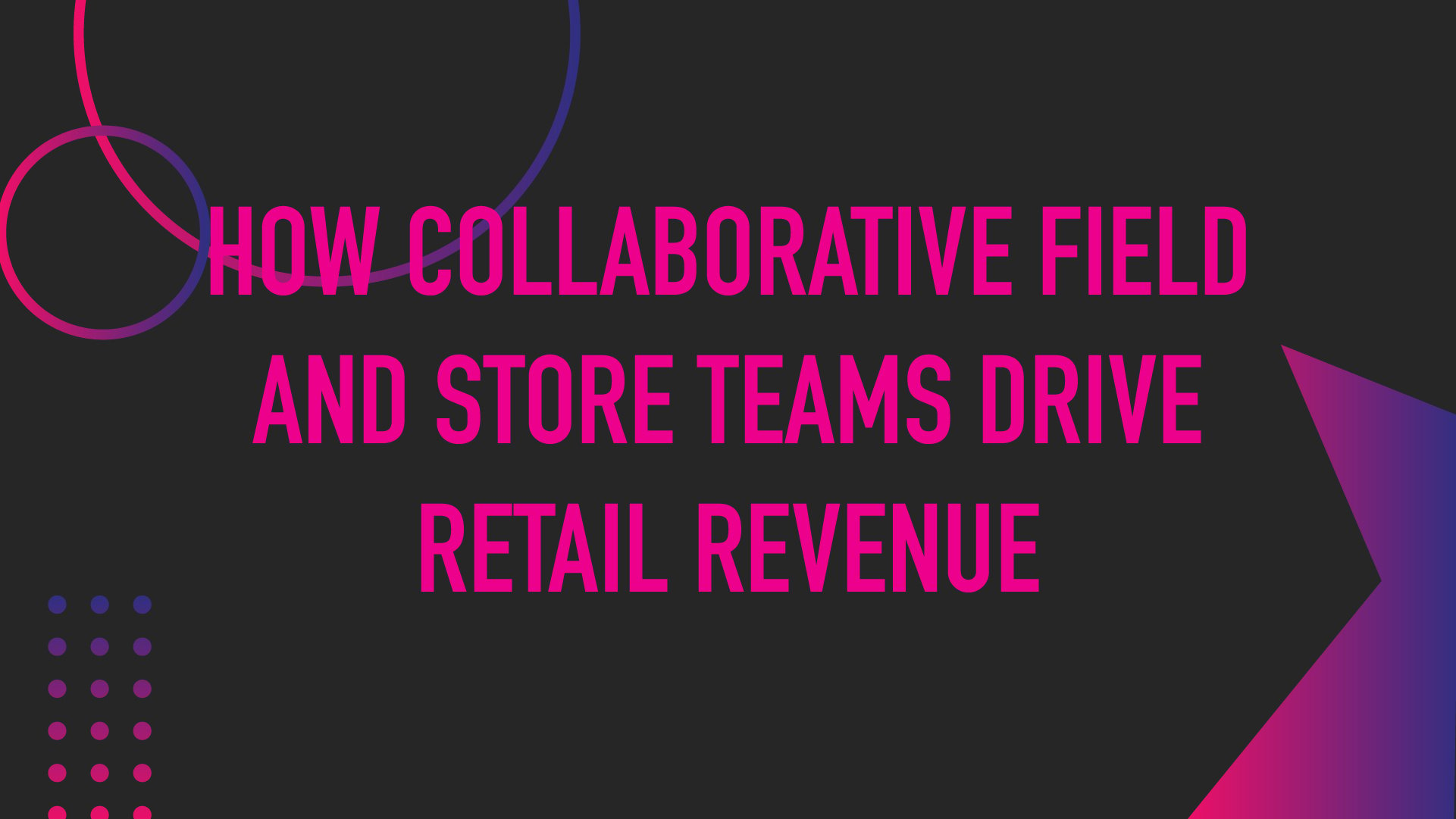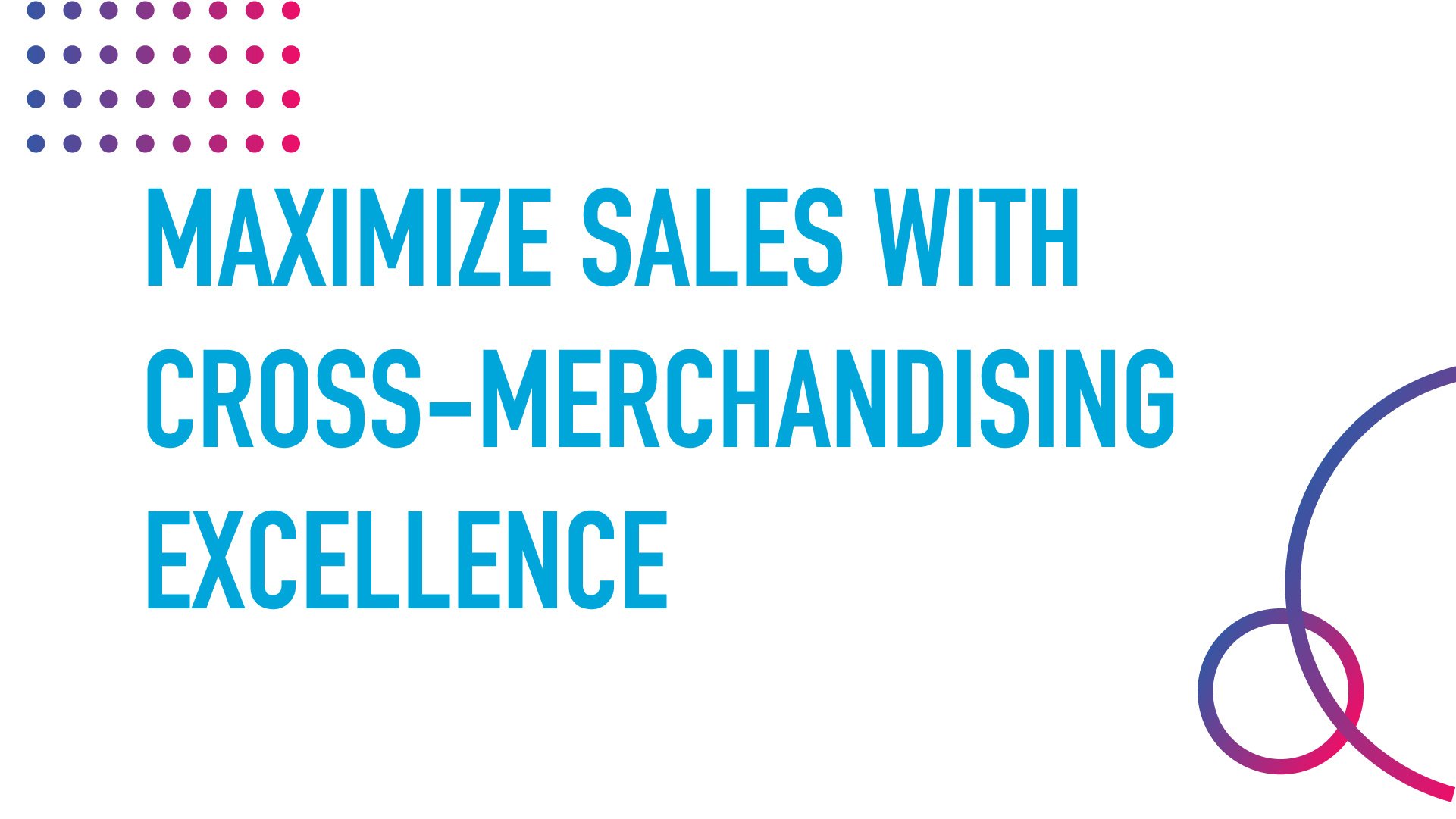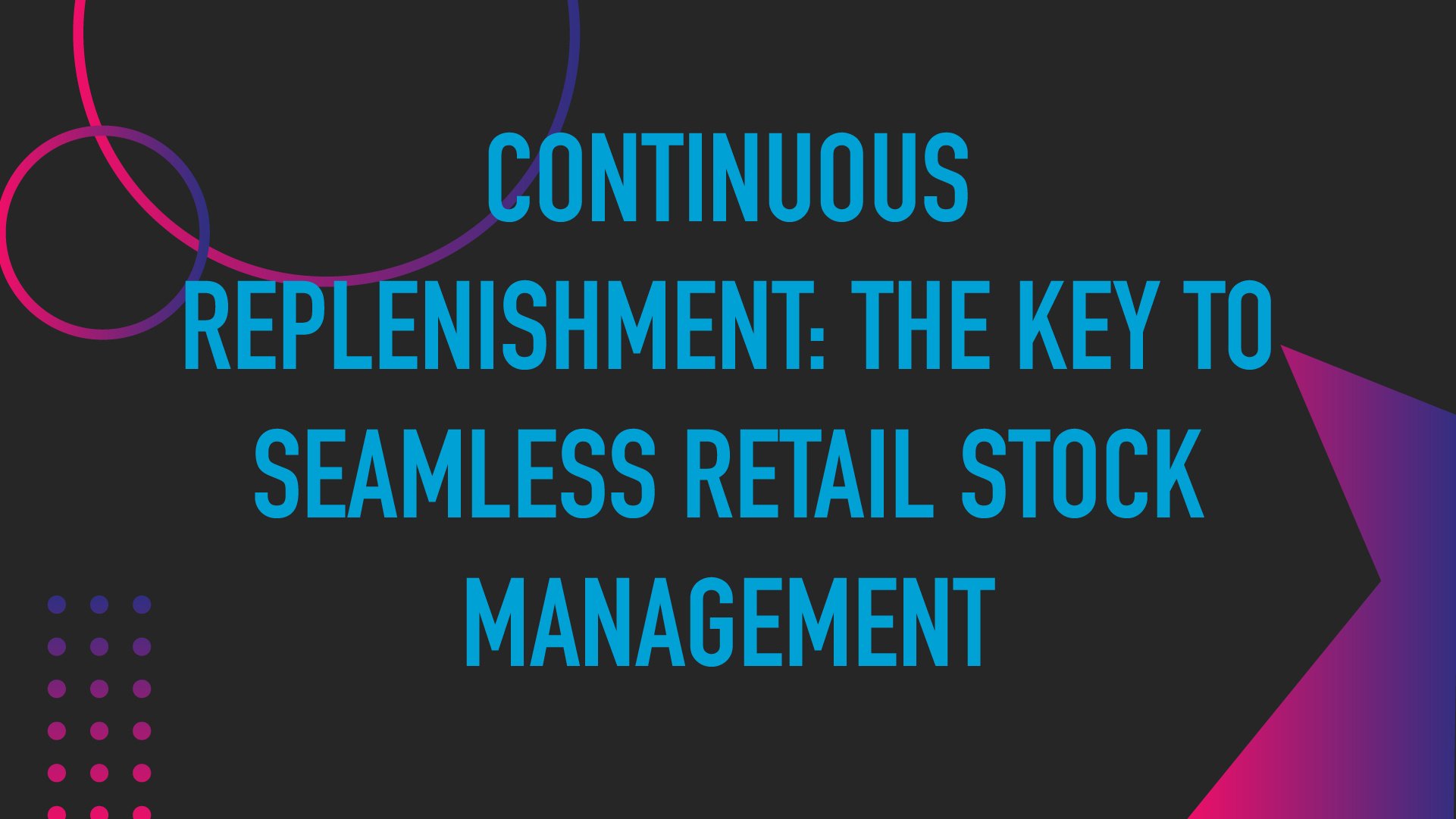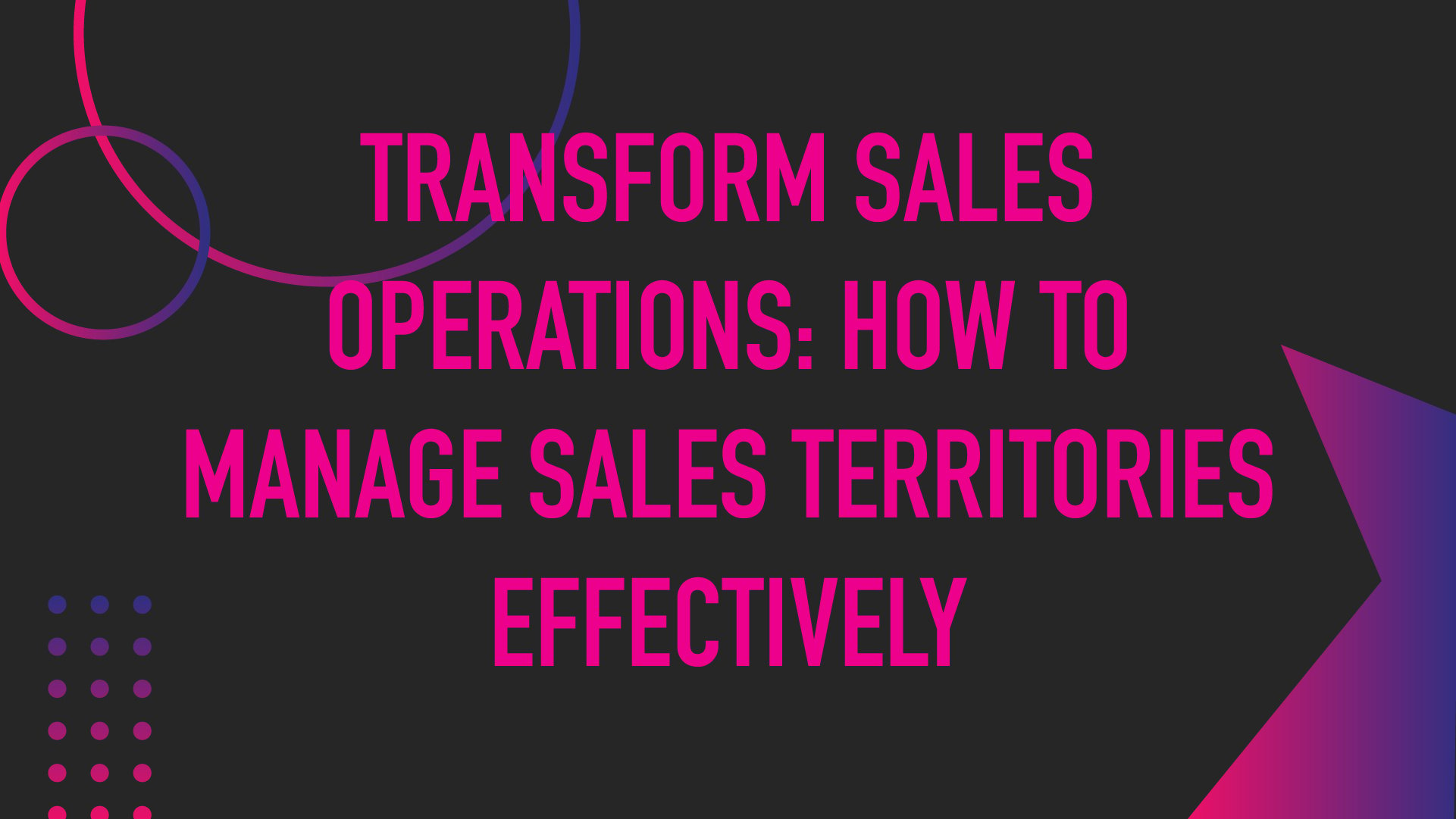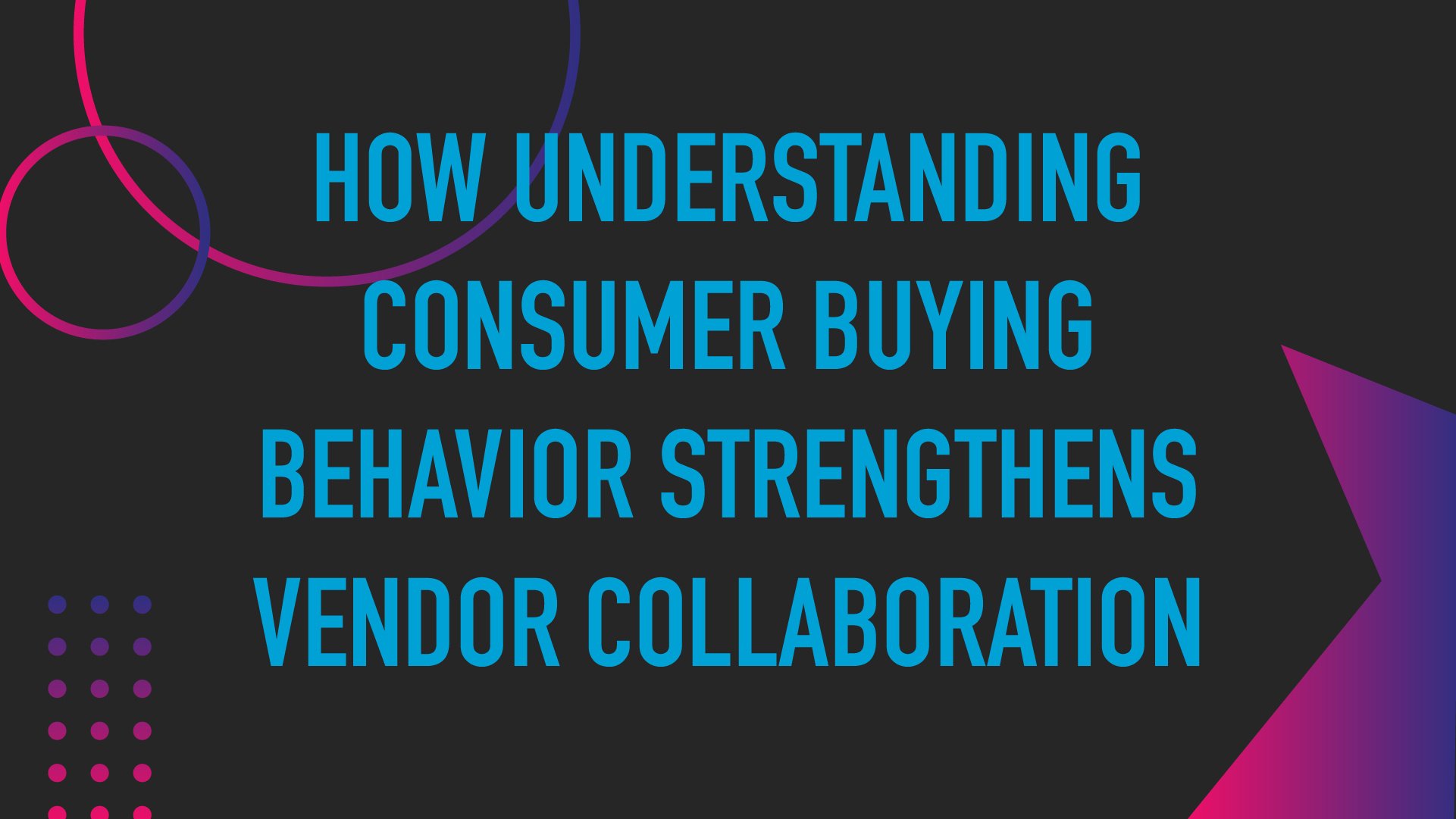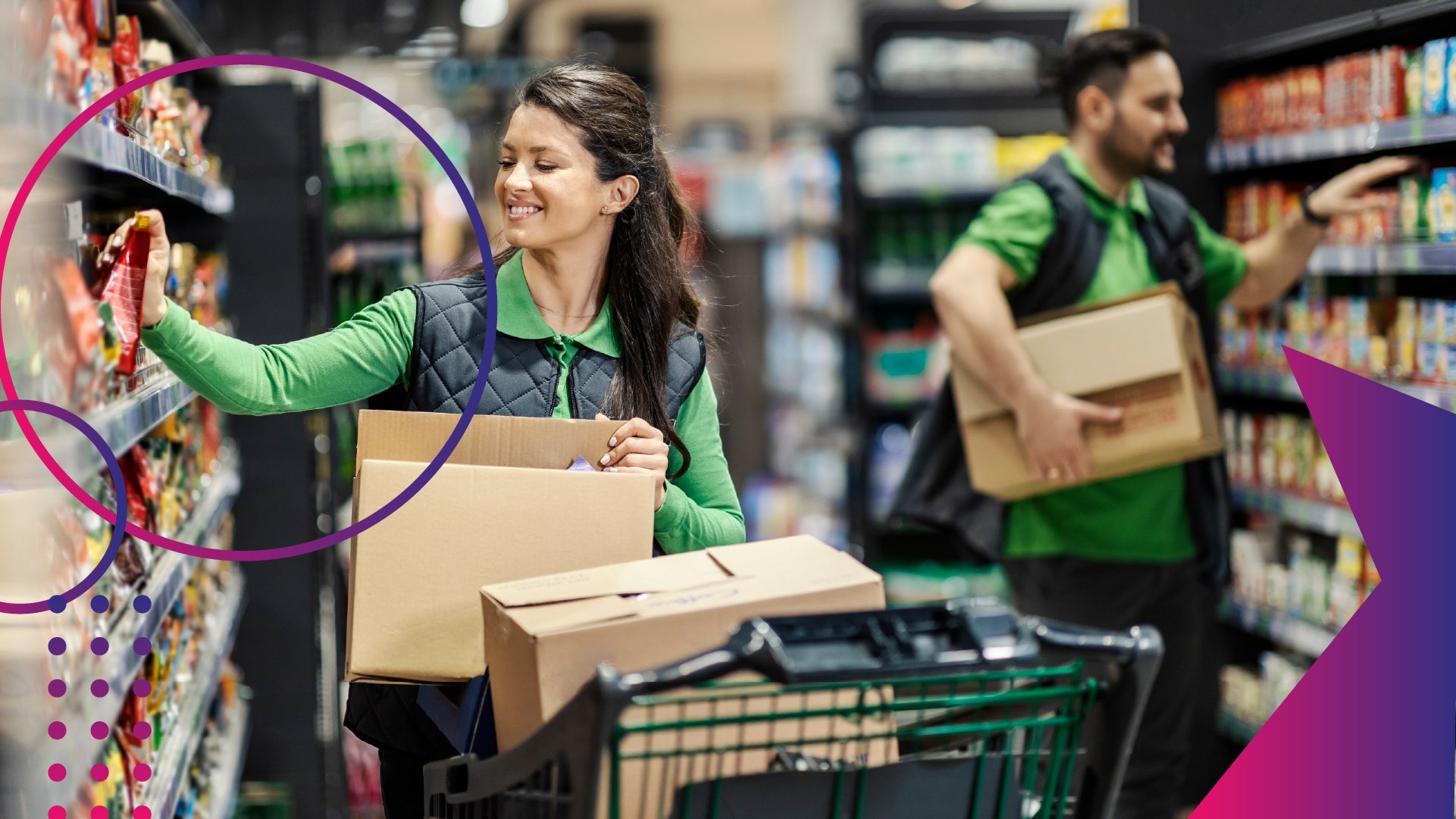Scaling Experiential Marketing with Technology Across Retail Locations


What is Experiential Marketing
Experiential marketing is a powerful branding strategy to forge deep, memorable consumer connections. Unlike traditional advertising, which focuses on pushing messages to an audience, experiential marketing seeks to create immersive experiences that engage shoppers on a personal level. These experiences are designed to be memorable, allowing audiences to interact with brands and products in meaningful ways.
Standing out from the crowd is more challenging than ever. Every day, consumers are inundated with an overwhelming flood of marketing messages, making it difficult for brands to capture their attention. This is where experiential marketing shines. By offering something tangible and engaging, brands can cut through the noise and make a lasting impression.
For retail and CPG brands, experiential marketing isn’t just a trend—it's a necessity. As shopping habits evolve and consumers increasingly seek out experiences over products, creating immersive brand interactions has become crucial. These experiences can take many forms, from in-store events and pop-up shops to interactive displays and even augmented reality. However, the goal remains the same: to create a memorable experience between the brand and the consumer.
Importance of Creating Memorable Experiences for Consumers
Memorable customer experiences are the cornerstone of brand loyalty. When consumers encounter an experience that resonates with them, it not only elevates their perception of the brand but increases the likelihood of their return. They also tend to share their experiences both on and offline, effectively becoming an extension of the brand's marketing efforts.
Consider the impact of a well-executed in-store event where guests can engage with products in a hands-on, interactive way. This helps them understand the product better and creates a positive association with the brand. These positive experiences drive repeat visits and word-of-mouth recommendations, both of which are critical to a brand’s success.
Memorable experiences contribute to overall customer engagement. Engaged customers are likely to spend more, share their experiences with others, and remain loyal to the brand over time. Creating exceptional customer experiences isn't just about feel-good moments; it delivers tangible business benefits. Research shows that companies prioritizing customer experience see an impressive 80% increase in revenue.
Brands that focus on improving customer experience achieve, on average, a 33% increase in customer satisfaction, a 42% improvement in customer retention, and a 32% boost in cross-selling and up-selling opportunities. This engagement benefits sales while strengthening customers' emotional connections to the brand, turning them into ambassadors who advocate for the brand in their communities.
Challenges of Scaling Experiential Marketing
While experiential marketing has clear benefits, scaling these efforts across multiple locations presents significant challenges. Two primary hurdles are maintaining consistency across locations and managing the associated costs and logistics.
Consistency Across Locations:
One of the biggest challenges in scaling experiential marketing is ensuring a consistent brand experience across all locations. When a brand implements an experiential marketing campaign, the goal is to provide every consumer, regardless of location, with the same high-quality experience. However, this is easier said than done. Different locations may have varying levels of resources, staff expertise, and consumer demographics, all of which can impact the campaign's execution.
A pop-up event in a flagship store in a major city might receive more attention and resources than a similar event in a smaller, less trafficked store. The result can be a disparity in the quality of the experience, which can confuse customers and dilute the brand’s message. Maintaining consistency is crucial because it reinforces the brand’s identity and ensures that all customers, no matter where they are, receive the same level of engagement.
Managing Costs and Logistics:
Another significant challenge is the cost and logistical complexity of scaling experiential marketing campaigns. These initiatives often require substantial investment in terms of materials, technology, and manpower. Coordinating events or experiences across multiple locations involves shipping products, setting up displays, training staff, and monitoring execution, all of which can quickly escalate costs.
Managing these logistics requires careful planning and execution. Brands must ensure that all elements of the campaign are delivered on time and that staff at each location are fully equipped and trained to implement the experience effectively. This is particularly challenging for large brands with numerous locations, where even minor logistical errors impact the overall success of the campaign.
Role of Technology in Scaling Experiential Marketing
Technology offers robust solutions to the challenges of scaling experiential marketing. By leveraging the right tools, brands can overcome these hurdles and enhance their campaigns' effectiveness.
Data Analytics:
One of the most significant technological advancements aiding brands in experiential marketing is data analytics, which tracks and measures the success of their campaigns in real time. Over 59% of consumers believe brands should use the data they collect to personalize their experiences; this belief is especially prevalent in younger Gen Z and Alpha shoppers. A data-driven approach allows companies to identify which elements of an experiential campaign are working and which are not, enabling them to make informed adjustments on the fly.
Data analytics can reveal consumer engagement levels across different locations, providing insights into which stores or events are performing well and which might need additional support. This helps ensure a consistent brand experience across all locations. Additionally, analytics can help brands better understand their audience, tailoring future campaigns to meet consumer preferences and behaviors more effectively.
Digital Signage and Interactive Displays:
Digital signage and interactive displays are critical technologies that help scale experiential marketing efforts. These tools allow brands to create engaging environments that attract and captivate consumers. This unified approach helps reinforce brand identity and creates a cohesive experience for customers, regardless of which location they visit.
Interactive displays, such as touch screens or augmented reality setups, offer consumers a hands-on way to engage with products. Touchscreens allow customers to explore product details, customize options, or access additional information, whereas augmented reality setups can provide virtual try-ons or product visualizations. Displays with interactive games or quizzes can entertain and educate consumers about the brand.
These displays can be standardized across locations, ensuring the consumer experience is consistent no matter where they interact with the brand. Moreover, these technologies can be integrated with data analytics to track interactions and gather valuable insights into how consumers engage with the brand.
Automation and AI:
Industries worldwide are witnessing a transformation in experiential marketing through the power of automation and AI. These technologies are proving invaluable for scaling campaigns effectively. By streamlining campaign management processes, from logistical planning to customer interactions, automation, and AI enable retail and CPG brands to create more engaging and personalized experiences. This efficiency allows for the deployment of impactful marketing initiatives on a larger scale, ultimately leading to more successful outcomes. The integration of these technologies not only enhances the overall effectiveness of experiential marketing but also allows brands to connect with shoppers in more meaningful and memorable ways.
Brands use AI to personalize the consumer experience, offering tailored recommendations or customized content based on individual preferences. Automation tools can help manage the logistics of scaling experiential marketing campaigns. Tasks such as inventory management, event scheduling, and communication with local teams can be automated, which lightens the workload for teams and enables them to channel their energy towards serving clients. This ensures campaigns run smoothly across all locations and reinforces the brand's commitment to being customer-focused.
Case Studies of Successful Implementations
Several brands have successfully leveraged technology to scale their experiential marketing initiatives. Two standout examples are Red Bull and Apple, which have used experiential marketing to create memorable consumer experiences while maintaining consistency across multiple locations.
Red Bull:
Red Bull is renowned for its experiential marketing campaigns, particularly those centered around extreme sports and high-energy events. By using data analytics and digital signage, Red Bull has been able to create a consistent brand experience across various events worldwide. The company’s approach to experiential marketing is heavily data-driven, allowing it to tailor experiences to different markets while ensuring that the core brand message remains intact.
- Event Sponsorships and Unique Experiences: Red Bull sponsors various extreme sports events that attract large audiences and create immersive experiences that resonate with the brand's adventurous image.
- Content Marketing: Through Red Bull Media House, the brand produces high-quality content related to sports and adventure, further enhancing its connection with consumers while reinforcing the brand's identity and values.
- Data-Driven Strategies: Red Bull utilizes data analytics to analyze consumer behavior and preferences, tailors its campaigns to better meet the needs of its audience, and ensures a consistent and engaging experience across all touchpoints.
- Innovative Technologies: Red Bull embraces new technologies, such as drones for capturing event footage and augmented reality for creating immersive experiences, keeping the brand relevant and appealing to its target demographic.
During the Red Bull Stratos campaign, where Felix Baumgartner jumped from the edge of space, Red Bull utilized technology to synchronize messaging across its global locations. Digital signage in stores, interactive displays, and live streaming were all part of the strategy to create a unified experience, regardless of where consumers were located. This reinforced Red Bull’s brand identity and created a memorable experience that resonated with consumers worldwide.
Apple:
Apple’s retail stores are another excellent example of successful experiential marketing. The company has long been known for its focus on creating immersive, hands-on experiences for consumers in its stores. The brand uses digital signage, interactive displays, and a robust data analytics framework to ensure that every Apple store offers a consistent, high-quality experience.
- Apple Stores as Experience Hubs: Apple retail locations are designed to offer hands-on experiences with products, encouraging customers to interact with devices, attend workshops, and receive personalized support, fostering a strong connection with the brand.
- Consistent Brand Messaging: Apple maintains a cohesive brand identity across all locations, focusing on simplicity and innovation. The store design, product displays, and customer service reflect the brand's core values, ensuring a uniform experience for consumers worldwide.
- Event Marketing: Apple hosts product launches and special events that generate excitement and anticipation. These events showcase new products and create a community of loyal customers who feel part of the Apple ecosystem.
- Integration of Technology: Apple utilizes technology to enhance the customer experience, such as using interactive displays to showcase product features and benefits, allowing for a more engaging and informative shopping experience.
One key to Apple’s success is its use of technology to train and empower its staff. Apple’s internal training programs utilize digital tools to ensure that all team members, regardless of location, are well-versed in the brand’s values and product offerings. This consistency in training translates to a consistent consumer experience, where customers know they can expect the same level of service and engagement at any Apple store worldwide.
Best Practices for Implementing Technology in Experiential Marketing
For brands looking to scale their experiential marketing efforts using technology, several best practices can help ensure success.
Invest in Staff Training:
Technology is only as effective as the people who use it. Therefore, investing in staff training is critical. Teams should be well-versed in the tools and technologies that support the brand’s experiential marketing efforts. This training should be ongoing, ensuring everyone is always up-to-date with the latest developments and can effectively engage with consumers.
Integrate Online and Offline Experiences:
Today’s tech-savvy consumers move seamlessly between online and offline experiences, and brands must do the same. By integrating digital and in-store experiences, brands can create a cohesive consumer journey. Digital displays in stores can be connected to the brand’s online presence, allowing consumers to explore additional content or make purchases online after engaging with the brand in person.
Leverage Data for Continuous Improvement:
Data is a powerful tool for refining experiential marketing efforts. Regularly reviewing analytics helps marketers understand consumer behavior and make data-driven decisions. This approach ensures campaigns remain relevant and effectively adapt to consumer preferences and market conditions.
Scaling Experiential Marketing
Technology plays a pivotal role in scaling experiential marketing across multiple locations. From data analytics to digital signage, the right tools can help retail and CPG brands overcome the challenges of consistency, cost, and logistics while enhancing the overall consumer experience. As the shopping landscape continues to evolve, the brands that harness today's technology will be best positioned to build stronger relationships with consumers and achieve lasting success.

Experiential Marketing: Turning Shoppers into Loyal Customers
 If you want a complete how-to checklist of setting up a campaign that turns regular shoppers into loyal customers, checkout our Experiential Marketing Guide.
If you want a complete how-to checklist of setting up a campaign that turns regular shoppers into loyal customers, checkout our Experiential Marketing Guide.
In today’s digital age, shoppers crave experiences over mere transactions. This shift makes experiential marketing essential for brands seeking lasting connections. By offering unique, memorable events that resonate emotionally, businesses can convert casual customers into lifelong advocates. A great example is Red Bull's daring space jump, which aligned perfectly with its adventurous brand ethos.
To succeed, brands must deeply understand their audience, develop emotionally-driven concepts, and creatively market these campaigns across physical and digital spaces. Ongoing engagement, consistent brand integration, and effective use of tools like Movista for event execution are key to long-term success.
featured content
featured content

The Importance of On-Shelf Availability in Retail: Why Keeping Items Stocked is Critical for Competitiveness in 2026
Learn why on-shelf availability is critical in today's retail store environment

